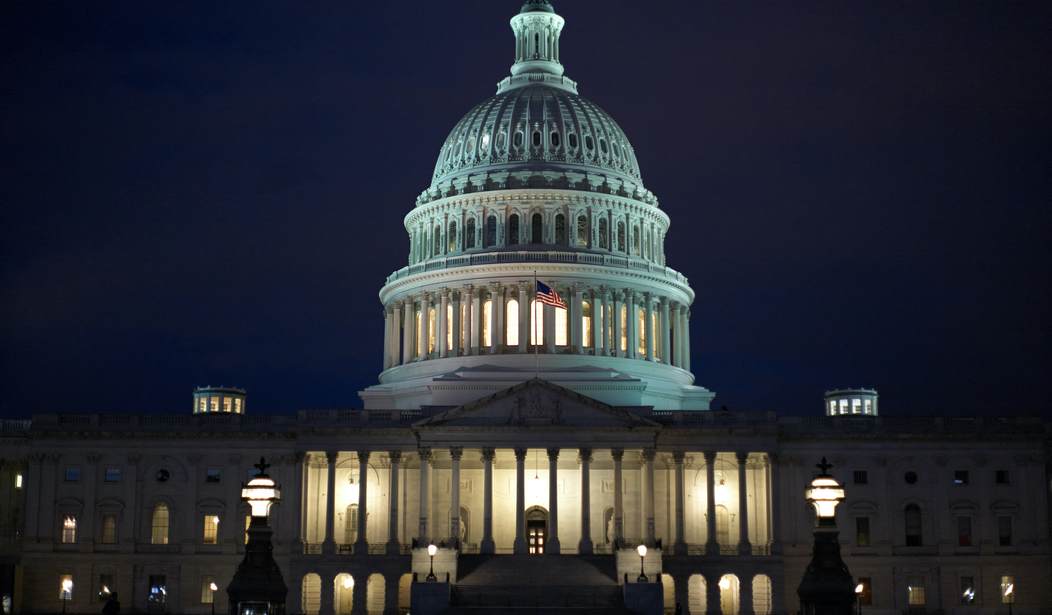Editor's Note: This piece was authored by Aadi Golchha.
With an aging population preparing to leave the workforce, and an entire new generation trapped under student loan debt unable to save, the pressure is on in Washington D.C. to enact meaningful reform to retirement savings policies.
Congress attempted to do so through the Secure Act 2.0, which recently passed the House of Representatives and is scheduled to make its way into the Senate after the August recess. But it’s a far cry from the comprehensive retirement reform that both parties agree is needed, as it fails to address the biggest problems causing inadequate retirement savings — primarily coverage gaps and leakage. To ensure the best circumstances for retirement savings, the act would need to institute a universal coverage requirement for employers, and reform policies surrounding early withdrawals and retirement plan loans.
As it stands now, the Secure Act 2.0 would require employers to automatically enroll newly hired employees in contribution plans at three percent of their pay, increasing at one percentage point per year up to at least ten percent. It also includes some benefits for student loan borrowers, allowing those who are paying off student loans — and thus can’t afford to save for retirement — to still receive employer matching contributions. Additionally, over the next decade, the minimum age at which participants in traditional non-IRA individual retirement accounts must begin drawing required minimum distributions would gradually increase from 72 to 75, allowing some retirees a few more years of tax-exempt capital gains.
Recommended
In spite of these reforms, the Secure Act 2.0 wouldn’t do nearly enough. The auto-enrolment and student loan matching provisions only benefit workers whose jobs already offer employer-sponsored retirement plans — which is not the case for tens of millions of Americans. Furthermore, increasing the required minimum distribution age only benefits retirees wealthy enough to afford to wait several extra years before drawing their savings. While the provisions in the act may increase retirement savings for the wealthy and those working in jobs that already sponsor plans, it does little to help those most vulnerable to retirement insecurity, who lack coverage altogether or whose savings are depleted by early withdrawals and loan defaults.
Chief among the reasons causing the ongoing American retirement crisis is that there is no universal coverage by retirement savings plans. Because many employers choose not to offer them, or unemployment puts them out of reach, the lack of universal coverage means that employees often go for long periods of time without having access to a retirement savings plan. About half of all private-sector workers at any given time aren’t covered by employer-sponsored retirement plans, and this act would do nothing to change that.
Universal coverage retirement plans have been successfully implemented across virtually the entire developed world, including in Canada, the UK, Australia, New Zealand, and more. It costs the government virtually nothing, and provides every menial worker with access to the same type of retirement benefits as executives and corporate workers. Unlike the provisions in the Secure Act 2.0, universal coverage would ensure that no worker slips through the cracks.
In addition to gaps in coverage, the act also fails to address early withdrawals and retirement loan defaults that contribute massively to retirement insecurity. Over half of Americans end up cashing out some portion of their retirement savings prematurely, and about a third take out loans against their 401(k) or similar plan. Early withdrawals often trigger a significant tax penalty and cause employees to miss out on years, if not decades, of compounding investment returns. A report from Deloitte found that defaults on retirement loans are projected to drain over $2 Trillion dollars in potential savings over the next ten years, threatening retirement security for millions of Americans. These kinds of leakage and loan defaults could be prevented by careful regulation of early withdrawals and introducing incentives against borrowing. The new act offers no solutions to these problems.
In short, the Secure Act 2.0 will not provide genuine, sweeping change that will alter the outlook of retirement for most Americans. The gaping holes in our retirement savings system need to be urgently addressed, and this bill doesn’t do nearly enough. While some of the provisions do bring welcome changes, we need more comprehensive reforms to solve the retirement crisis.
Aadi Golchha is an economic commentator and writer, proudly advocating for the principles of free enterprise. He is also the host of The Economics Review podcast.

























Join the conversation as a VIP Member